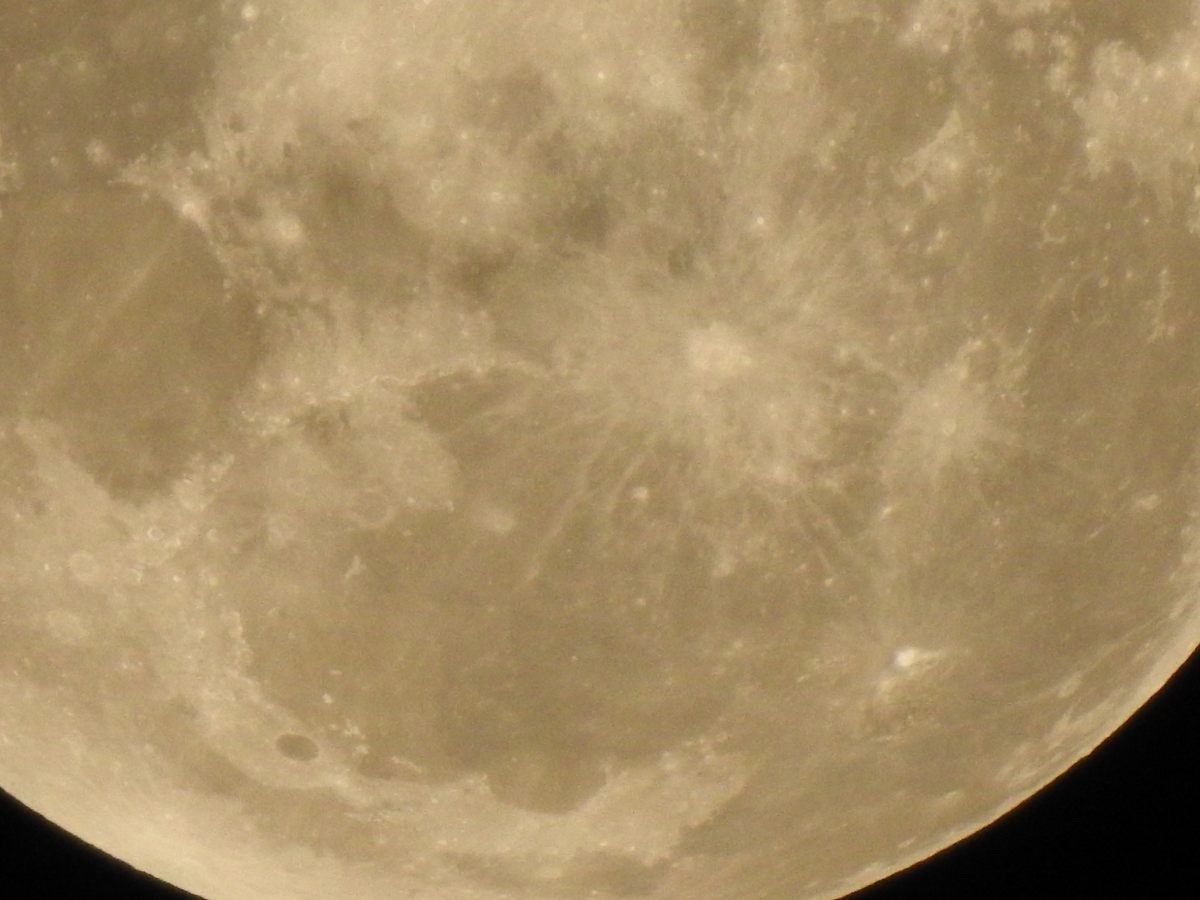From Atlas Oscura’s Wondersky:
THE MOON IS GROWING NOW, more and more of it visible every evening. Though it is technically full for just one night, it will look mostly full for a night or so before and after that. The bright summer Moon can be frustrating—it’s so dazzling, it drowns out the stars and fainter objects that many stargazers enjoy staying up late to see. And the coming full Moon will be one of the brightest of 2023: It’s the year’s first full Moon “supermoon.” Save the nebula and galaxies for next week; spend this full Moon cycle appreciating our nearest celestial neighbor.
The full Moon happens at 7:39 a.m. Eastern Daylight Time on Monday, July 3, which means it will look full both Sunday night and Monday night. The term “supermoon” is a relatively recent introduction to the astrological lexicon, but these events are nothing new; they occur several times a year. In August, we will have two full Moons, including a supermoon Blue Moon (a second full Moon in a month) on Aug. 31.
A supermoon takes place when the Moon is nearest to Earth in its elliptical orbit around our planet. As the pioneering scientist Johannes Kepler figured out four centuries ago, bodies do not orbit in a perfect circle, but in an ellipse. This means they sometimes draw nearer to and farther from their host. The Moon is an average of 238,000 miles from Earth, but on July 3, our celestial companion will be about 224,895 miles away. This is still extremely distant; you could fit 28 Earths between here and there. But it is closer than average. And the nearer Moon takes up more space in the sky.

The Moon can look about 14 percent bigger during perigee, its closest approach to Earth, than during its apogee, its furthest point. It can appear 30 percent brighter, too. If you pay attention throughout the year, you might notice how much smaller or bigger the Moon can seem from month to month. To understand the differences, we have to talk about how astronomers divide up the dome of the heavens.
From horizon to horizon, the sky is a half circle spanning 180 degrees; straight overhead is 90 degrees, and so on. For a rough estimate of how to break this up into smaller sections, make a fist, and punch it toward the sky at arm’s length. At that distance, your fist will cover about 10 degrees of arc. These degrees are broken down further into sections. One degree contains 60 arc-minutes, which are themselves divided into 60 arc-seconds. The Moon and sun are about 30 arc-minutes across, depending on the month.
Though the Moon is extra bright this cycle, it will not drown out brilliant Venus in the western sky. On July 1, the planet will sparkle beneath Mars and close to the bright star Regulus. Mars and Venus will pass within 3.5 degrees of each other, a very tight astronomical lineup. Through the ages, astrologers have imbued such events with great significance. But I think it’s worth noting that they are beautiful without ascribing any higher meaning to them. Just like the coming “supermoon.”







